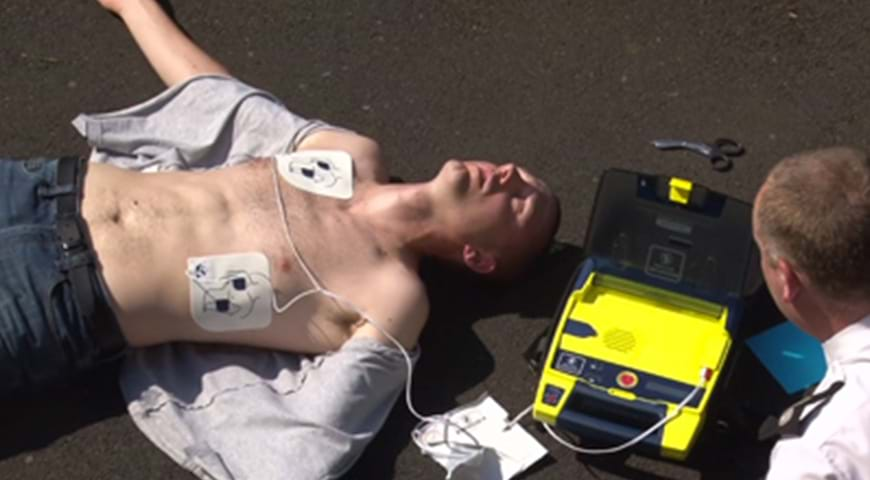About AED
What Is an AED?
An AED which stands for automatic external defibrillator is a device used to administer an electric shock through the chest wall to the heart. The device has built-in computers that assess the victim’s heart rhythm, judge whether defibrillation is needed, and then administer the shock. Audible and/or visual prompts guide the user through the process.
Who Can Use an AED?
Most AEDs are designed to be used by non-medical people such as fire department personnel, police officers, lifeguards, flight attendants, security guards, teachers, and even family members of people at high risk of sudden cardiac death.
The goal is to provide access to defibrillation when needed as quickly as possible. CPR along with AEDs can dramatically increase survival rates for sudden cardiac arrest. Can an AED Shock a Person Who Is Not in Cardiac Arrest?
Note. An AED treats only a heart in an abnormal rhythm. If a person is in cardiac arrest without such a rhythm, the heart will not respond to electric currents. CPR should be administered until medical help arrives.





